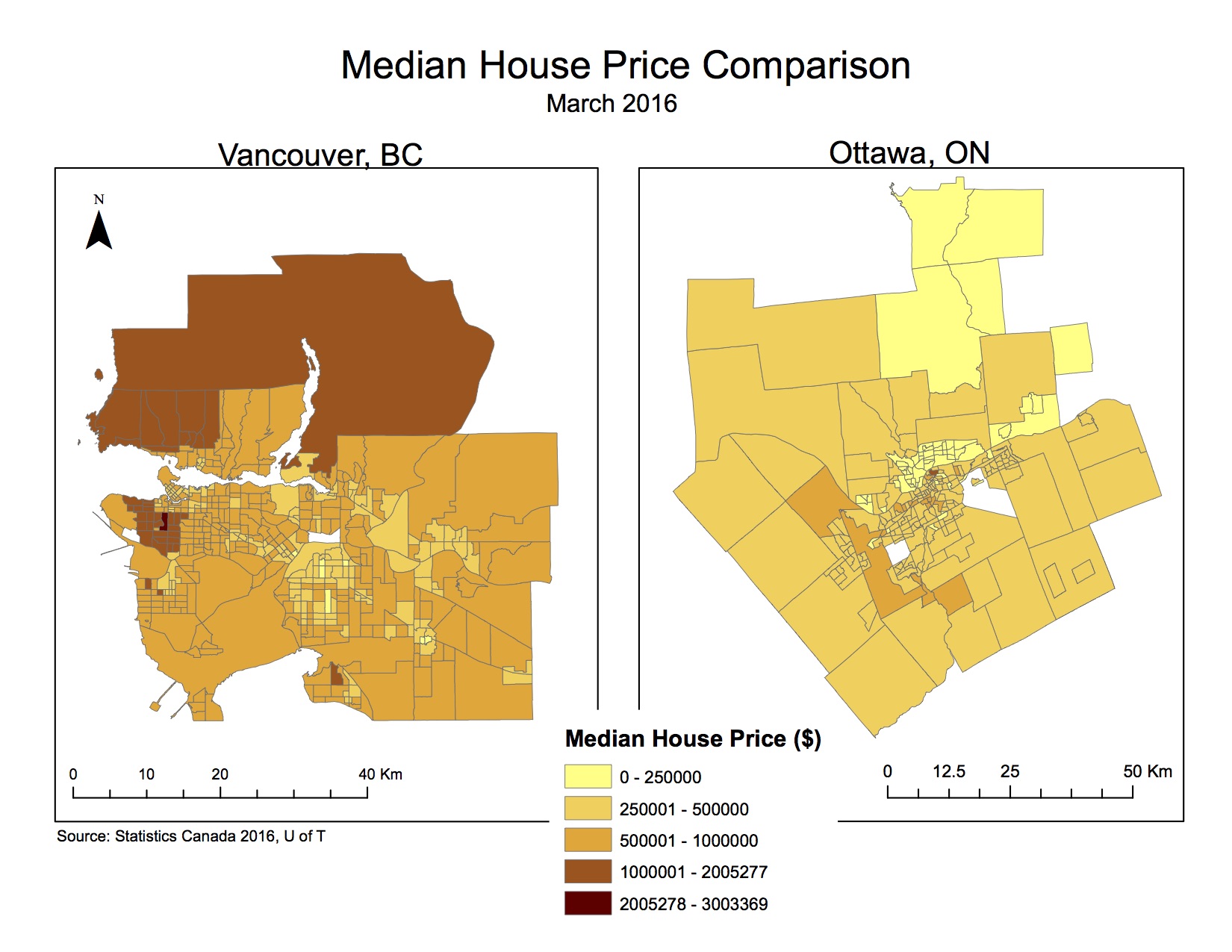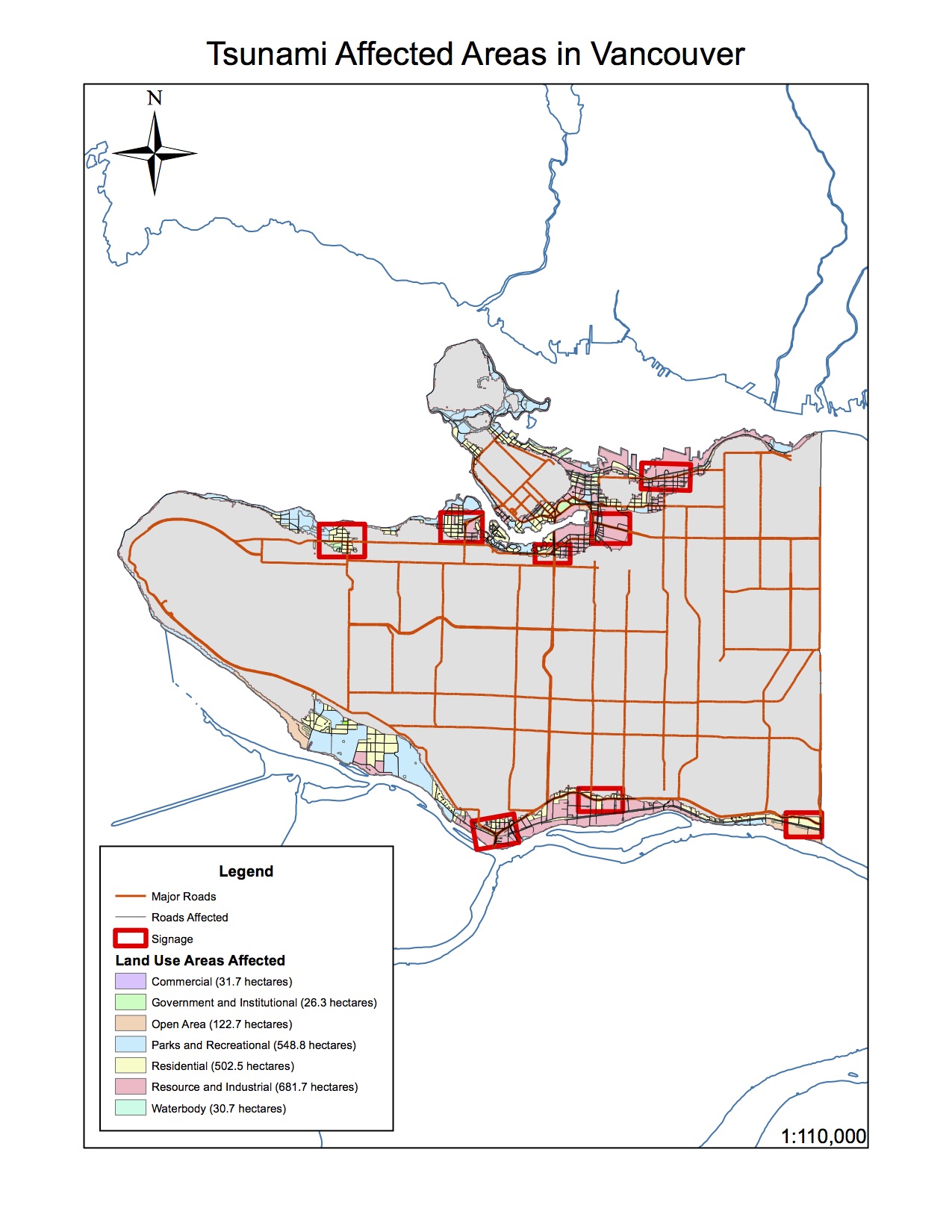Coral reefs are one of the oldest ecosystems on Earth covering only 0.2% of the ocean floor, and, yet, supporting about a quarter of all marine species (Cesar et al. 2003). Not only do coral reefs benefit aquatic life, but they also provide millions of people with necessary ecological goods and services including food, recreation, coastlines, and aesthetic benefits (Moberg 1999) valued at a total of USD$ 800 billion globally (Cesar et al. 2003). However, although reefs have the capability to support many through the services they provide, they are in a severe decline. Particularly, reefs in embayments and near highly populated areas are experiencing a disproportionate amount of stress associated with terrestrial deforestation, agriculture, and urbanization (Moberg 1999). Add to that global warming, and the future of our coral reefs looks bleak. Since the 1930’s, 27% of all coral reefs have been lost with an additional 30% at risk of being lost in the next 30 years if our present rates of destruction continue (Cesar et al. 2003). In order to preserve these fragile ecosystems, we need a better understanding of the dynamic nature of coral reef ecosystems, the processes that threaten them, and the processes contributing to their resilience.
To understand the threats to coral reefs, we first need to understand the how corals grow and develop. Corals have an important symbiotic relationship with the microalgae, zooxanthellae. Zooxanthellae live within the tissues of the corals and provide them with the nutrients they need to grow, reproduce, and feed in addition to providing them with their bright colours (Moberg 1999). In return, corals provide the algae with the ammonia and phosphate they need to survive. Because zooxanthellae need light to photosynthesize, corals are limited to clear, shallow waters with temperatures between 18 and 30 °C and depths less than 100 m. This symbiotic relationship explains why corals are so sensitive to changing environmental conditions.
Coral reef degradation occurs when a reef system is unable to recover and regenerate following a disturbance, which is a consequence of losing resilience (Moberg 1999). When natural disruptions are paired with chronic human activity it puts a tremendous amount of stress on the reefs impairing their ability to regenerate. As coral reefs degrade, algae invades the system, lowering biodiversity (Bellwood et al. 2004; Moberg 1999). This YouTube video neatly sums up the complex environment corals live in and how coral reef degradation will affect the resiliency of the system: https://www.youtube.com/watch?v=U8TQoCykaKU.
Coral reefs are threatened by numerous anthropogenic disturbances. Many of which are associated with population growth.
- Population growth causes many communities to over-develop coastal areas. By using landfills to build houses and infrastructure, the amount of sediments delivered to the ocean from runoff increases, which can smother the coral and promote algae growth.
- The over-exploitation of reef resources has led to coral reef degradation. The higher demand for various types of seafood including fish, seaweeds, crustaceans, and mussels in coastal communities has led to overfishing. As fishing yields decline, fishermen have resorted to more damaging methods such as dropping dynamite and injecting cyanide into reefs to maximize their catches. The repetitive use of explosives and cyanide on a reef can turn this ecosystem into rubble and impair regeneration.
- In some countries, coral is mined to create building materials such as limestone and cement. Coral mining destroys the reefs that protect coastal areas from wave action and storms. It also changes the “topography of the reef flat and, as a result, alters the pattern of water flow resulting in increased beach erosion” (Souter 2000, page 663)
- Mass tourism threatens reefs through careless practices. Tourists who dive and snorkel can cause direct damage to reefs through trampling, contact with hands and fins, as well as through boats (Cesar et al. 2003). Moreover, increasing tourism can bring about unplanned coastal development that erodes beaches and increases sedimentation.
- Increasing CO2 concentrations slow coral calcification by 17-35% and acidify oceans. Ocean acidification not only impacts the calcification of corals, but it also has lasting impacts on other biological processes such as photosynthesis, fecundity, and oxygen exchange (Knowlton 2001).
- Global warming is causing sea surface temperatures to rise, which causes the “bleaching” of corals. Coral bleaching happens when corals become stressed due to these elevated sea surface temperatures. This causes corals to expel or ingest the zooxanthellae that give them their colour, revealing the calcium carbonate skeleton, which gives corals a “white” appearance (Moberg 1999). If stresses are removed from the reef, corals may recover when zooxanthellae return, but they are unlikely to recover if they have been exposed to a stress for a long time. As their symbiotic relationship with the algae is lost, coral growth and resilience become impaired. This YouTube video sums up corals’ relationship with zooxanthellae and coral bleaching with reference to the Great Barrier Reef: https://www.youtube.com/watch?v=UyEw_Rl8mqM.
Degraded reefs no longer protect shorelines and they can no longer support the fish and invertebrates that depend on them. This translates to decreased fishing yields, which can impact food security and increase poverty. Furthermore, tourism and its revenue are also lost when coral reefs are no longer aesthetically appealing. Countries who depend on this income will drive themselves further into poverty. Therefore, it is important to not only protect the reef itself and the surrounding ecosystems, but we also need to actively manage our greenhouse gas emissions internationally to minimize our impact on the environment and to keep global temperatures from rising.
To protect coral reefs we must conserve the resiliency of the system by maintaining biodiversity through effective management that minimizes human impacts (Moberg 1999). This can be done in a few ways:
- Place an economic value on coral reefs as well as the goods and services they provide to people and marine life. This can improve conservation efforts and management techniques (Moberg 1999). Economic valuation can also help governments assess monetary losses when reefs are damaged (Cesar et al. 2003).
- Establishment of marine reserves and no-take areas (NTAs) that protect reefs from extractive activities like fishing (Hughes 2003). They are effective in preserving fish populations as they alter human behaviour; however, it should be noted that NTAs do not protect reefs from bleaching. This YouTube video explains the problem with over-fishing and explains how no-take areas will benefit reef ecosystems. It also outlines how we can change our habits so we do not over-exploit reef resources https://www.youtube.com/watch?v=eVJ7Prt5OdA.
- NTAs need to be complemented with international policies aimed at reducing the rate of CO2 emissions and global warming.
If we continue to neglect protecting coral reefs and the ecological goods and services they provide us, it “could ultimately compromise the sustainability of humans in the biosphere” (Souter 2000, page 658). It is now a priority to minimize our impact on these systems so corals can maintain their resiliency to various disturbances; otherwise, it is likely that we will see the end of such breathtaking ecosystems.
Works Cited
Bellwood, D. R., Hughes, T. P., Folke, C., & Nyström, M. (2004). Confronting the coral reef crisis. Nature, 429(6994), 827-833. doi:10.1038/nature02691
Cesar, H., Burke, L., & Pet-Soede, L. (2003). The Economics of Worldwide Coral ReefDegradation. Cesar Environmental Economics Consulting, Arnhem, and WWF-Netherlands, 14, 1-23.
Hughes, T. P. (2003). Climate Change, Human Impacts, and the Resilience of Coral Reefs. Science, 301(5635), 929-933. doi:10.1126/science.1085046
Knowlton, N. (2001). The Future of Coral Reefs. Proceedings of the National Academy of Sciences, 98(10), 5419-5425. doi:10.1073/pnas.091092998
Moberg, F., & Folke, C. (1999). Ecological goods and services of coral reef ecosystems. Ecological Economics, 29(2), 215-233. doi:10.1016/s0921-8009(99)00009-9
Souter, D. W., & Lindén, O. (2000). The health and future of coral reef systems. Ocean& Coastal Management, 43(8-9), 657-688. doi:10.1016/s0964-5691(00)00053-3









